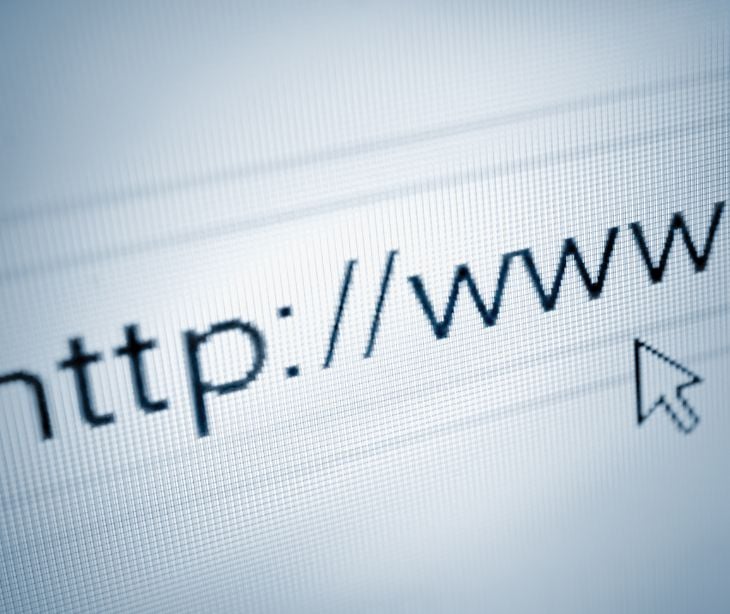
A URL, also known as a web address, is a unique identifier used to locate a resource on the internet. It serves as the bridge between a user and the desired webpage or file. When you type a URL into the address bar of your web browser or click on a hyperlink, the browser uses the URL to retrieve the requested resource.
The structure of a URL
A URL consists of multiple parts that instruct the web browser on how and where to retrieve a resource. Let's break down the structure of a URL:
- Protocol: The first part of a URL specifies the protocol for accessing the resource. Common protocols include HTTP (Hypertext Transfer Protocol), HTTPS (HTTP Secure), FTP (File Transfer Protocol), and mailto (for email addresses).
- Domain: The domain name or IP address indicates the location of the resource on the internet. A domain can also include subdomains, which further specify the location within a domain.
- Path: The path refers to the specific file or location on the web server where the resource is located. It helps the browser navigate to the desired page or file within the domain.
- Query parameters: Query parameters pass additional information to the server. They are commonly seen in URLs for search results or dynamic pages. Query parameters are separated by ampersands (&) and are composed of key-value pairs.
- Fragment: Fragments are optional components of a URL that specify a specific reference point within a file. HTML files often use them to navigate to a specific section or anchor within a webpage.
Read also: What is HTTP?
Exploring different types of URLs
HTTP vs. HTTPS
HTTP and HTTPS are two protocols used for retrieving web resources. The main difference between them lies in the level of security they provide.
HTTP transmits data in plain text, meaning that any information sent between the user's browser and the server can be intercepted and read by unauthorized parties. On the other hand, HTTPS uses a secure sockets layer (SSL) certificate to encrypt the connection, ensuring that sensitive information, such as passwords or credit card numbers, remains secure.
Mailto URLs
Mailto URLs enable users to initiate a new email by clicking on a link. They are commonly used in email signatures or on websites to provide a convenient way for users to contact someone. A mailto URL typically begins with "mailto:" followed by the email address of the recipient.
FTP URLs
FTP (File Transfer Protocol) URLs are used to download files from FTP servers. They are commonly used for accessing large files or transferring files between servers. An FTP URL typically begins with "ftp://" followed by the domain name or IP address of the server and the file path.
FAQs
What is the full meaning of URL?
URL stands for uniform resource locator. A URL is nothing more than the address of a given unique resource on the web.
What Is an example of a URL address?
Paubox’s full URL is https://www.paubox.com/ and typing it in a browser's address bar will lead users to our site.
How do I know what my URL is?
A uniform resource locator tells the internet where to find the web page you want to see. People don't have URLs - web pages do. The URL for the web page you're reading right now is in the long, rectangular box just underneath the tabs in your browser.
Subscribe to Paubox Weekly
Every Friday we'll bring you the most important news from Paubox. Our aim is to make you smarter, faster.



